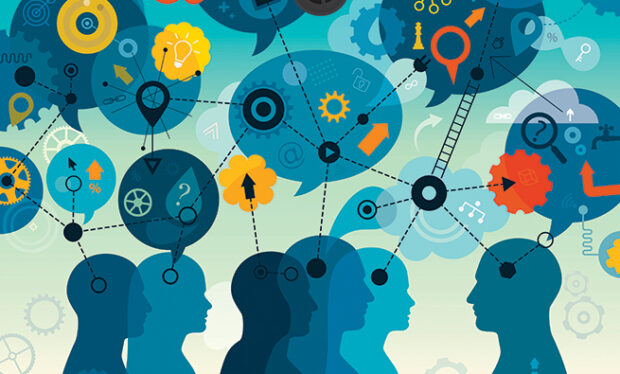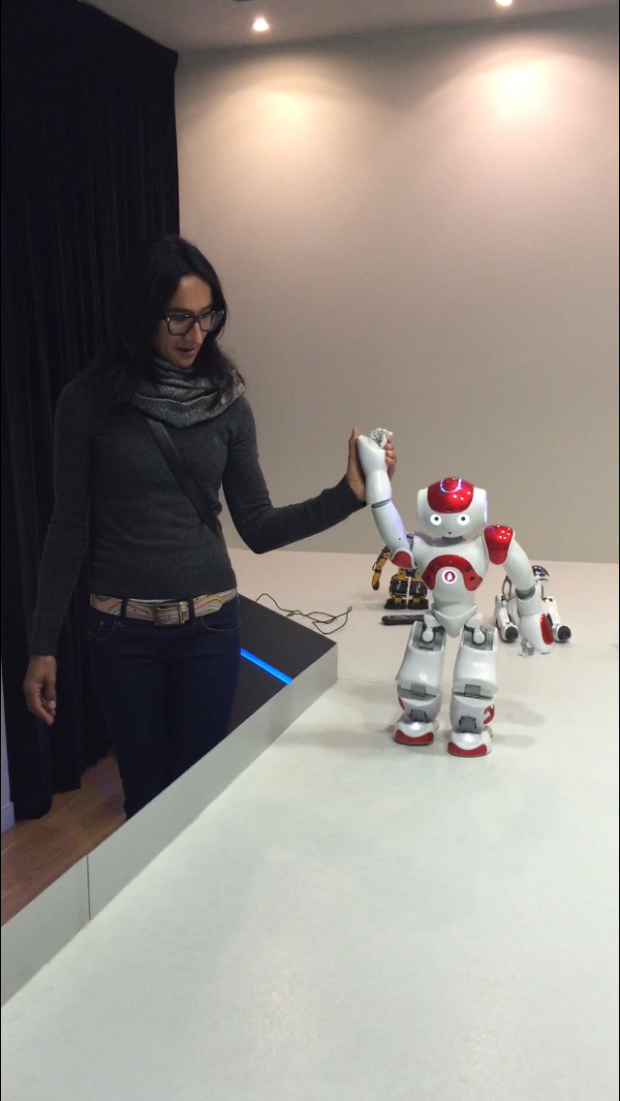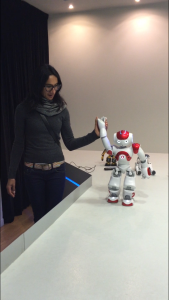According to The Oxford Dictionary, intelligence is the ability to learn, understand and think in a logical way about things, and the ability to do this well. Emotional intelligence, otherwise known as emotional quotient (EQ) is the ability to manage and understand emotions. I am making a parallel between AI and EQ because I strongly believe there are expectations regarding the level of intelligence machines, robots and autonomous agents are required to have, yet as humans, we have seemingly low expectations of each other to have EQ. Yes, I am comparing EQ to AI, but if AI is a simulation of human intelligence in machines, then this also includes emotional intelligence.
The point I am making is related to my current research which is using an AI tool to investigate its capacity for interactional conversation with humans. I have tried myself to design a tool, and the outcome was a chat interface which had limited capacity to understand the oral input and the output was also very slow and finite. While the potentials for programming a more effective tool are clearly possible from the many examples of virtual assistants now available such as Siri and Alexa, I am questioning if our expectations of their capabilities are perhaps unreasonable. If humans can lack EQ and often not able to empathise with others or communicate effectively, why do we expect intelligent autonomous systems to be able to do this?
We are very far removed from fully understanding the human brain, and until we do, I think we need to be realistic with the potential capabilities of AI.







